Disconnect the ignition coil connector(A).
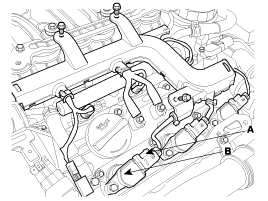
When removing the ignition coil connector, pull the lock pin(A) and push the clip(B).

Remove the engine cover.
Remove the surge tank. [RH only] (Refer to Intake and exhaust system in EM group)
Disconnect the ignition coil connector(A).

When removing the ignition coil connector, pull the lock pin(A) and push the clip(B).

Remove the ignition coil (B).
Installation is the reverse of removal.
Remove the ignition coil connector(A).

When removing the ignition coil connector, pull the lock pin (A) and push the clip(B).

Remove the ignition coil(B).
Using a spark plug socket, remove the spark plug.
Install the spark plug to the ignition coil.
Ground the spark plug to the engine.
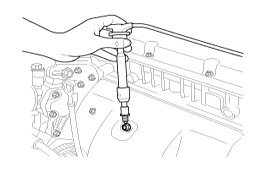
Check if spark occurs while engine is being cranked.
To prevent fuel being injected from injectors while the engine is being cranked, remove the fuel pump relay(A) from the fuse box.
Crank the engine for no more than 5 ~ 10 seconds.
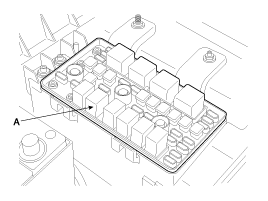
Inspect all the spark plugs.
Using a spark plug socket, install the spark plug.
Install the ignition coil.
Reconnect the ignition coil connector.
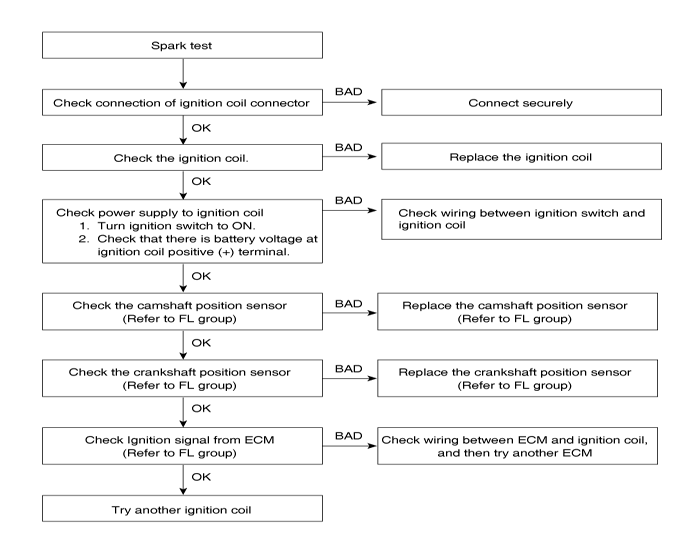
Remove the ignition coil connector(A).

When removing the ignition coil connector, pull the lock pin(A) and push the clip(B).

Remove the ignition coil(B).
Using a spark plug socket, remove the spark plug.
Be careful that no contaminates enter through the spark plug holes.
Inspect the electrodes (A) and ceramic insulator (B).
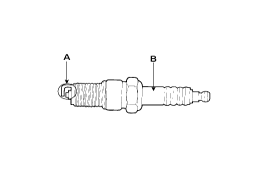
Condition | Dark deposits | White deposits |
Description | - Fuel mixture too rich - Low air intake | - Fuel mixture too lean - Advanced ignition timing - Insufficient plug tightening torque |
Check the electrode gap (A).
Standard :
Unleaded : 1.0 ~ 1.1 mm (0.0394 ~ 0.0433 in.)
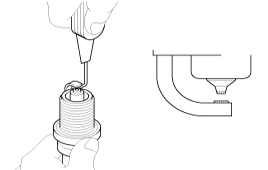
Measure the primary coil resistance between terminals (+) and (-).
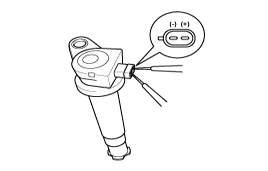
Standard value: 0.62Ω ± 10%